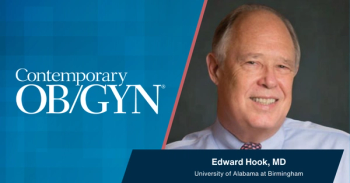
Malpractice alert: Could this fistula have been avoided?
When the plaintiff claimed a botched episiotomy caused her rectovaginal fistula, expert witnesses testified that the complication may have occurred in part because she ignored the ob/gyn's advice. So why was the case settled?
THE FACTS
On March 9, at 8:10 AM, the patient presented to OB Triage at the defendant hospital with abdominal and lower back pain at a little over 39 weeks' gestation having an EDC of March 13. She was a 30-year-old gravida 2, and her prior pregnancy reportedly had resulted in a spontaneous abortion. She had received prenatal care at the Hospital's Women's Health Center. She reported uterine contractions beginning on the morning of March 7, leaking fluid from her vagina on the evening of March 8, and was admitted to Labor and Delivery by the defendant attending ob/gyn the morning of the 9th.
At 5:27 PM, a nursing note reported a vacuum-assisted delivery in response to prolonged deceleration down to 71 bpm for approximately 2 minutes. An infant girl was delivered by the attending physician with assistance by resident physicians. A pediatrician was also present in the Delivery Room. Per the physician's Delivery Note, the patient progressed to full dilatation and then pushed effectively to 2+/3+. There was a fetal bradycardia to the 70s but this responded to scalp stimulation. An outlet vacuum was applied to a right occiput anterior vertex and a midline episiotomy was performed. The anterior and then the posterior shoulders were delivered without complication, although the attending added to the note that there were "3 pulls to delivery." The midline episiotomy and a fourth- degree laceration were repaired by the attending and resident, although no details regarding the technique or sutures used were documented. Per the Labor and Delivery summary, the infant was said to have been delivered by vacuum extraction as well as outlet forceps over a midline episiotomy with the fourth-degree laceration. The infant's Apgars were excellent at 9/9.
Newsletter
Get the latest clinical updates, case studies, and expert commentary in obstetric and gynecologic care. Sign up now to stay informed.










